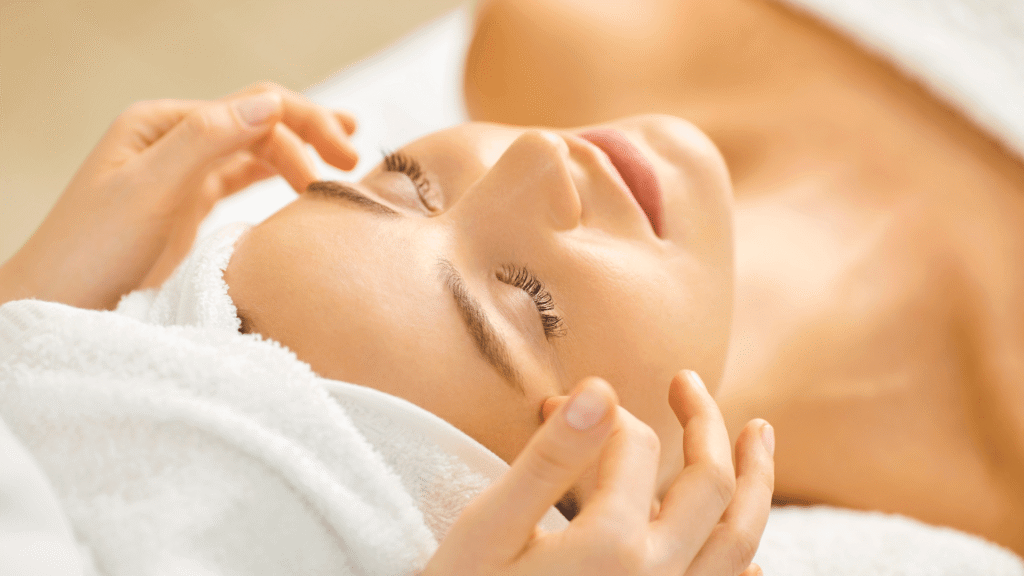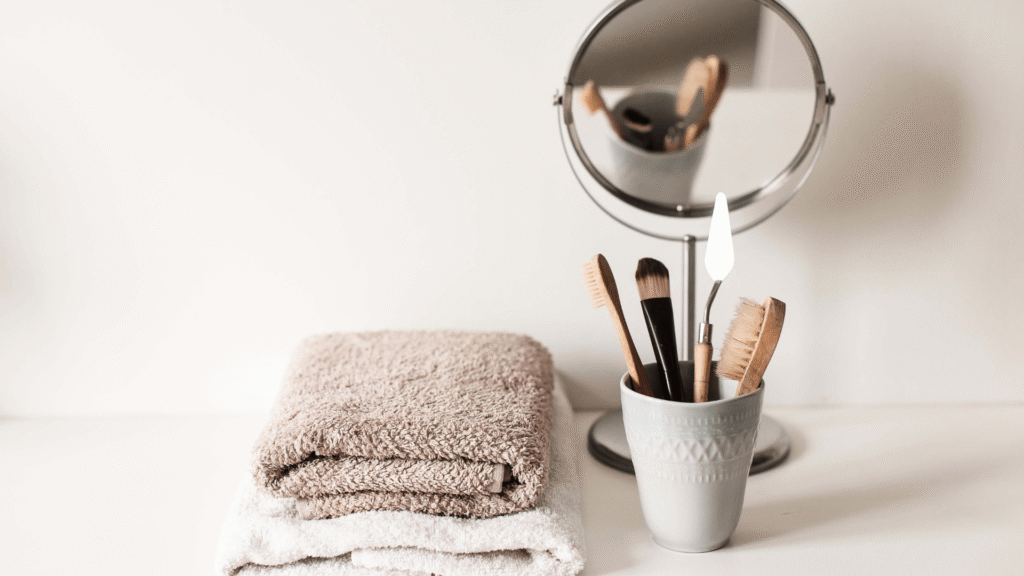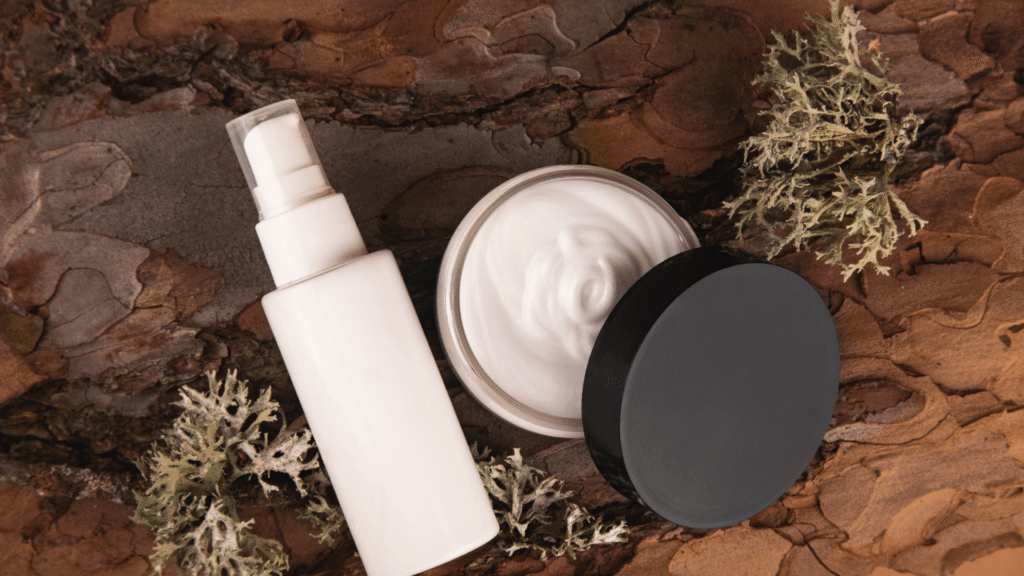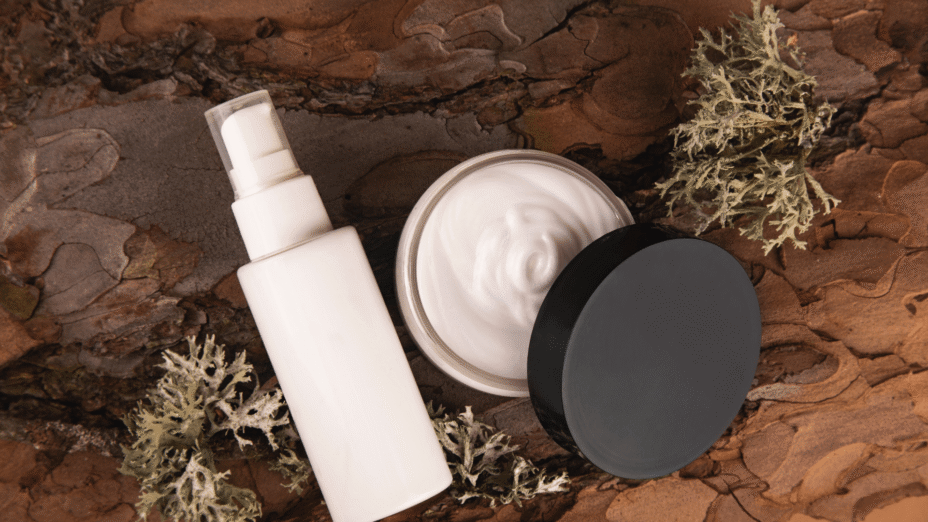Introduction: A Fleeting Gaze or Something Deeper?
Beauty. The word itself conjures a cascade of images – a sunset’s fiery hues, a child’s innocent smile, a perfectly sculpted statue, a blooming flower. It’s a concept woven into the fabric of human experience, driving art, inspiring poetry, and influencing our perceptions of ourselves and the world around us. Yet, in a society saturated with curated images and relentless marketing, the very definition of beauty feels increasingly elusive, often reduced to a narrow and often unattainable standard. But is beauty truly just about physical appearance? Or does it reside in something far more profound, a quality that transcends the superficial and touches upon the core of what it means to be human? This exploration will delve into the complex nature of beauty, examining its psychological roots, its cultural variations, and its philosophical significance, ultimately arguing that true beauty lies in a confluence of factors, encompassing both the tangible and the intangible.
The Psychology of Attraction: Why Do We Find Things Beautiful?

The human brain is wired to seek patterns and order. Evolutionary psychology suggests that our perception of beauty is, in part, rooted in survival instincts. Features associated with health, fertility, and genetic fitness – symmetrical faces, clear skin, a certain waist-to-hip ratio – are often deemed attractive because they historically signaled a potential for successful reproduction. This isn’t to say that beauty is solely determined by biology, but it provides a foundational layer.
Beyond the biological, psychological factors play a crucial role. The “peak-shift effect” explains why we often find exaggerated versions of desirable traits appealing. A slightly larger eye, a more pronounced jawline – these subtle deviations from the average can be perceived as more beautiful because they represent an amplified version of something we already find attractive. Furthermore, familiarity breeds liking. We tend to be drawn to things that are similar to ourselves or that we’ve been exposed to repeatedly, a phenomenon known as the mere-exposure effect.
Crucially, beauty is also subjective. While certain features might be universally appealing, individual preferences are shaped by personal experiences, memories, and emotional associations. A song might be beautiful because it reminds you of a cherished moment, or a landscape might evoke a sense of peace and tranquility that you find inherently beautiful.
Cultural Kaleidoscope: Beauty Across the Globe

The concept of beauty is far from universal. What is considered beautiful in one culture can be viewed differently, or even negatively, in another. Historically, in some cultures, plumpness was a sign of wealth and prosperity, and therefore considered beautiful, while in others, a slender physique was prized. Skin tone, hair texture, body modifications – all are subject to cultural interpretation and shifting ideals.
Consider the practice of neck elongation in some Burmese cultures, where women wear brass rings to gradually stretch their necks, or the intricate scarification patterns found in various African tribes, which are seen as marks of beauty and status. These examples highlight the remarkable diversity of aesthetic values across the globe. The rise of globalization and social media has, however, led to a homogenization of beauty standards, often promoting Western ideals and creating pressure to conform to a narrow definition of attractiveness. This raises important questions about cultural appropriation and the need to celebrate and preserve diverse expressions of beauty.
Beyond the Physical: The Beauty of Character and Experience
While physical beauty can be captivating, it is often fleeting. True beauty, the kind that endures and resonates deeply, lies in qualities that transcend the superficial. Kindness, compassion, intelligence, resilience, and integrity – these are the attributes that truly illuminate a person’s character and make them beautiful from within.
The beauty of experience is equally profound. The lines etched on a face by years of laughter and hardship tell a story of a life lived fully. The wisdom gained through overcoming challenges, the empathy developed through understanding others’ struggles – these are the hallmarks of a beautiful soul. Think of a weathered landscape, sculpted by wind and rain; its imperfections are what give it character and beauty. Similarly, the imperfections and vulnerabilities that make us human are often what make us most beautiful.
The Philosophical Perspective: Beauty as Truth and Goodness
Throughout history, philosophers have grappled with the nature of beauty. Plato believed that beauty was a reflection of the ideal forms, a glimpse of a higher reality. Aristotle saw beauty as a harmonious balance of form and function. For many, beauty is inextricably linked to truth and goodness. A beautiful work of art might reveal a profound truth about the human condition, or a beautiful act of kindness might embody the highest ideals of morality.
The pursuit of beauty, in its broadest sense, can be a source of meaning and purpose in life. It can inspire us to create, to connect, and to strive for excellence in all that we do. Ultimately, recognizing the multifaceted nature of beauty – its psychological roots, its cultural variations, and its philosophical significance – allows us to appreciate the richness and complexity of the world around us and to cultivate a deeper sense of beauty within ourselves.
Notes & Potential Adjustments:

- Specificity: While this piece provides a broad overview, adding specific examples (artists, historical figures, cultural practices) would enrich the content.
- Modern Context: Expand on the impact of social media, filters, and the beauty industry on contemporary perceptions of beauty. Discuss body positivity and inclusivity movements.
- Neuroscience: Briefly touch on the neurological processes involved in perceiving beauty (e.g., dopamine release).
- Art & Nature: Consider dedicating a section specifically to the beauty found in art and the natural world, exploring the principles of aesthetics.
- Tone: The tone is currently fairly formal. Adjust it to be more conversational or academic depending on the intended audience.
- Call to Action: Consider adding a concluding paragraph that encourages readers to reflect on their own definitions of beauty and to cultivate appreciation for the diverse forms it takes.
